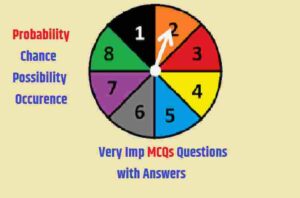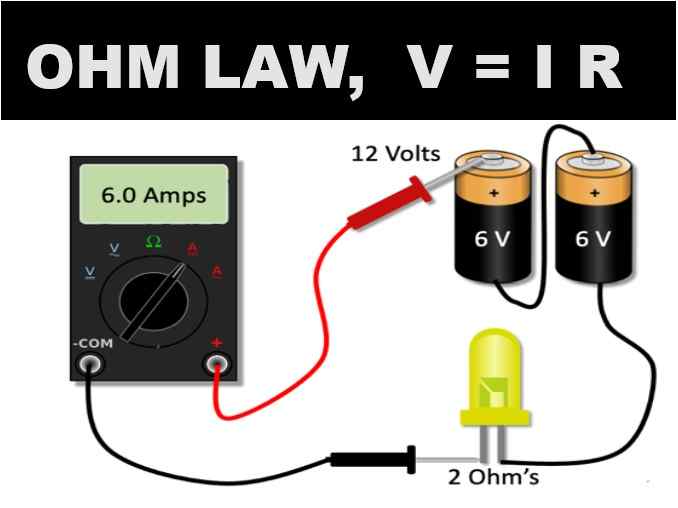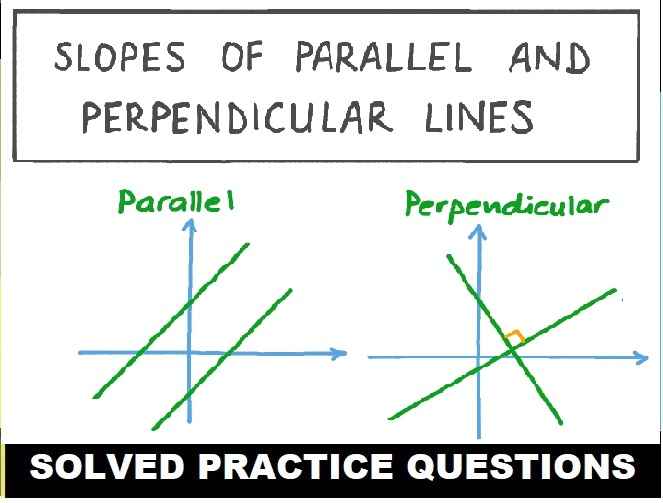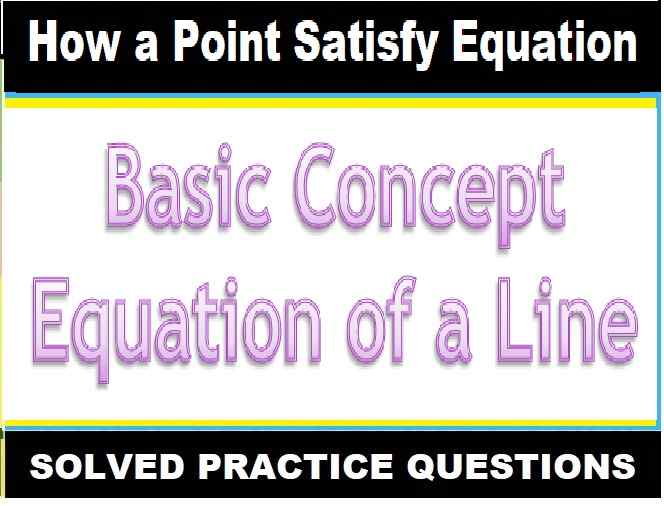MCQs Probability Class 10 for ICSE Maths Questions with Answers Sec-A Sem-2 . These MCQ / Objective Type Questions is based on latest reduced syllabus according 2021-22 session on bifurcated pattern. Main motto of MCQ Type Question is cracking the next upcoming Sem-2 exam of council. Visit official website CISCE for detail information about ICSE Board Class-10 Maths .
MCQs Questions with Answers Probability Class 10 for ICSE Maths

| Board | ICSE |
| Class | 10th (X) |
| Subject | Maths |
| Chapter | Probability |
| Syllabus | on bifurcated syllabus (after reduction) |
| Session | 2021-22 |
| Bifurcated | Sem-2 |
| Topic | MCQ / Objective Type Question for Sec-A |
Class 10 for ICSE Maths MCQs Questions with Answers Probability
Question-1 The total number of events of throwing 10 coins simultaneously is
(a) 1024
(b) 512
(c) 100
(d) 10
Answer:(a) 1024
Hint : Reason: Total events 210 = 1024
Question-2. One card is drawn from a well shuffled deck of 52 playing cards. The probability of getting a non-face card is
(a) 3/13
(b) 10/13
(c) 7/13
(d) 4/13
Answer: (b) 10/13
Hint : Reason; Total cards = 52,
Total face cards = 12
∴ Non-face cards = 52 – 12 = 40
∴ P(a non-face card) =40/52=10/13
Question :-3 The total events to throw three dice simultaneously is
(a) 6
(b) 18
(c) 81
(d) 216
Answer: (d) 216
Hint :-: Reason: Total cards = (6)3= 216
Question- 4. A girl calculates that the probability of her winning the first prize in a lottery is 8/100. If 6,000 tickets are sold, how many tickets has she bought?
(a) 400
(b) 750
(c) 480
(d) 240
Answer: (c) 480
Hint : Reason: No. of tickets sold = 8100 × 6000 = 8 ×60 = 480
Question -5. A lot consists of 144 ball pens of which 20 ae defective and the others are good. Tanu will buy a pen if it is good but will not buy if it is defective. The shopkeeper draws one pen at random and gives it to her. The probability that she will buy that pen is
(a) 5/36
(b) 20/36
(c) 31/36
(d) 31/144
Answer: (c) 31/36
Hint : Total ball pens = 144
Defective ball pens = 20
Good ball pens = 144 – 20 = 124
∴ P(she will buy a pen)
= P(good ball pen)
=124/144
=31/36
Question -6. A dice is thrown in the air. The probability of getting odd numbers is
(a) ½
(b) 3/2
(c) 3
(d) 4
Answer: (a) ½
Hint :-A dice has six faces having values 1, 2, 3, 4, 5 and 6.
There are three odd numbers and three even numbers.
Therefore, the probability of getting only odd numbers is = 3/6 = ½
Question -7. If we throw two coins in the air, then the probability of getting both tails will be:
(a) ½
(b) ¼
(c) 2
(d) 4
Answer: (b) ¼
Hint :- When two coins are tossed, the total outcomes will be = 2 x 2 = 4
Hence, the probability of getting both tails = ¼
Question -8. If two dice are thrown in the air, the probability of getting sum as 3 will be
(a) 2/18
(b) 3/18
(c) 1/18
(d) 1/36
Answer: (c) 1/18
Hint :-When two dice are thrown in the air:
Total number of outcome = 6 x 6 = 36
Sum 3 is possible if we get (1,2) or (2,1) in the dices.
Hence, the probability will be = 2/36 = 1/18
Question -9. A card is drawn from the set of 52 cards. Find the probability of getting a queen card.
(a) 1/26
(b) 1/13
(c) 4/53
(d) 4/13
Answer: (b) 1/13
Hint :- Total number of cards = 52
Number of queen cards= 4
The probability of getting queen card = 4/52 = 1/13
Question -10. A fish tank has 5 male fish and 8 female fish. The probability of fish taken out is a male fish:
(a) 5/8
(b) 5/13
(c) 13/5
(d) 5
Answer: (b) 5/13
Hint :-: Total fish = 5 + 8 = 13
Probability of taking out a male fish = 5/13
Question –11. The sum of the probabilities of all the elementary events of an experiment is
(a) 0.5
(b) 1
(c) 2
(d) 1.5
Answer: (b) 1
Hint :- The sum of the probabilities of all the elementary events of an experiment is equal to 1.
Question –12. A card is selected at random from a well shuffled deck of 52 playing cards. The probability of its being a face card is
(a) 3/13
(b) 4/13
(c) 6/13
(d) 9/13
Answer: (a) 3/13
Hint :-
Total number of outcomes = 52
Number of face cards = 12
The probability of its being a face card = 12/52 = 3/13
Question –13. If an event cannot occur, then its probability is
(a) 1
(b) 3/4
(c) 1/2
(d) 0
Answer: (d) 0
Hint :- If an event cannot occur, then its probability is 0.
Question –14. An event is very unlikely to happen. Its probability is closest to
(a) 0.0001
(b) 0.001
(c) 0.01
(d) 0.1
Answer: (a) 0.0001
Hint :- The probability of an event which is very unlikely to happen is closest to zero.
Thus, 0.0001 is the probability of an event which is very unlikely to happen.
Question –15. If P(A) denotes the probability of an event A, then
(a) P(A) < 0
(b) P(A) > 1
(c) 0 ≤ P(A) ≤ 1
(d) –1 ≤ P(A) ≤ 1
Answer: (c) 0 ≤ P(A) ≤ 1
Hint :-
If P(A) denotes the probability of an event A, then 0 ≤ P(A) ≤ 1.
Question –16. The probability that a non leap year selected at random will contain 53 Sundays is
(a) 1/7
(b) 2/7
(c) 3/7
(d) 5/7
Answer: (a) 1/7
Hint :-
Non-leap year = 365 days
365 days = 52 weeks + 1 day
For 52 weeks, number of Sundays = 52
1 remaining day can be Sunday, Monday, Tuesday, Wednesday, Thursday, Friday, Saturday, Sunday.
Total possible outcomes = 7
The number of favorable outcomes = 1
Thus, the probability of getting 53 Sundays = 1/7
Question –17. If the probability of an event is p, the probability of its complementary event will be
(a) p – 1
(b) p
(c) 1 – p
(d) 1 – 1/p
Answer: (c) 1 – p
Hint :-
The sum of probability of an event and it complementary event = 1
So, if the probability of an event is p, the probability of its complementary event will be 1 – p.
Question –18. A card is drawn from a deck of 52 cards. The event E is that card is not an ace of hearts. The number of outcomes favourable to E is
(a) 4
(b) 13
(c) 48
(d) 51
Answer: (d) 51
Hint :-
In a deck of 52 cards, there are 13 cards of heart and 1 is ace of heart.
Given that the event E is that card is not an ace of hearts.
Hence, the number of outcomes favorable to E = 52 – 1 = 51
Question –19. The probability of getting a bad egg in a lot of 400 is 0.035. The number of bad eggs in the lot is
(a) 7
(b) 14
(c) 21
(d) 28
Answer: (b) 14
Hint :-
Total number of eggs = 400
Probability of getting a bad egg = Number of bad eggs/Total number of eggs
0.035 = Number of bad eggs/400
Number of bad eggs = 0.035 × 400 = 14
Question –20. Two players, Sangeeta and Reshma, play a tennis match. It is known that the probability of Sangeeta winning the match is 0.62. The probability of Reshma winning the match is
(a) 0.62
(b) 0.38
(c) 0.58
(d) 0.42
Answer: (b) 0.38
Hint :-
Probability of Sangeeta’s winning = P(S) = 0.62
Probability of Reshma’s winning = P(R) = 1 – P(S) {since events R and S are complementary}
= 1 – 0.62
= 0.38
Question -21. The probability of event equal to zero is called;
(a) Unsure event
(b) Sure Event
(c) Impossible event
(d) Independent event
Answer: (c) Impossible event
Hint :- The probability of an event that cannot happen or which is impossible, is equal to zero.
Question -22. The probability that cannot exist among the following:
(a) ⅔
(b) -1.5
(c) 15%
(d) 0.7
Answer: (b) -1.5
Hint :-The probability lies between 0 and 1. Hence, it cannot be negative.
Question -23. If P(E) = 0.07, then what is the probability of ‘not E’?
(a) 0.93
(b) 0.95
(c) 0.89
(d) 0.90
Answer: (a) 0.93
Hint :- P(E) + P(not E) = 1
Since, P(E) = 0.05
So, P(not E) = 1 – P(E)
Or, P(not E) = 1 – 0.07
∴ P(not E) = 0.93
Question -24. A bag has 3 red balls and 5 green balls. If we take a ball from the bag, then what is the probability of getting red balls only?
(a) 3
(b) 8
(c) ⅜
(d) 8/3
Answer: (c) ⅜
Hint :- Number of red balls = 3
Number of green balls = 5
Total balls in bag = 3+5 = 8
Probability of getting red balls = number of red balls/total number of balls
= ⅜
Question -25. A bag has 5 white marbles, 8 red marbles and 4 purple marbles. If we take a marble randomly, then what is the probability of not getting purple marble?
(a) 0.5
(b) 0.66
(c) 0.08
(d) 0.77
Answer: (d) 0.77
Hint :- Total number of purple marbles = 4
Total number of marbles in bag = 5 + 8 + 4 = 17
Probability of getting purple marbles = 4/17
Hence, the probability of not getting purple marbles = 1-4/17 = 0.77
Question 26 Which of the following cannot be the probability of an event?
(a) 0.7
(b) 2/3
(c) – 1.5
(d) 15%
Answer (c) – 1.5
Hint – 1.5 (negative) can not be a probability as a probability is possible 0 to 1. (c)
Question 27 If the probability of an event is p, then the probability of its complementary event will be
(a) p – 1
(b) p
(c) 1 – p
(d) 1- 1/p
Answer (c) 1 – p
Complementary of p is 1 – p
Probability of complementary even of p is 1 – p. (c)
Question 28 A bag contains 4 red balls and 5 green balls. One ball is drawn at random from the bag. The probability of getting either a red ball or a green ball is
(a) 4/9
(b) 5/9
(c) 0
(d) 1
Answer (d) 1
Hint In a bag, there are
4 red balls + 5 green balls
Total 4 + 5 = 9
One ball is drawn at random
Probability of either a red or a green ball = 9/9 = 1 (d
: End of MCQs Probability Class 10 mathematics :-
-: also visit :-
- ICSE Sem-2 Question Bank Class-10
- Sem-2 Specimen / Model / Sample Paper for ICSE Class-10
- ICSE Class-10 Text book Solutions, Notes , Syllabus, Paper, Notes
- ICSE Board Paper Class-10 Solved Previous Year Question
Please share with your ICSE friends if it is helpful
Thanks


